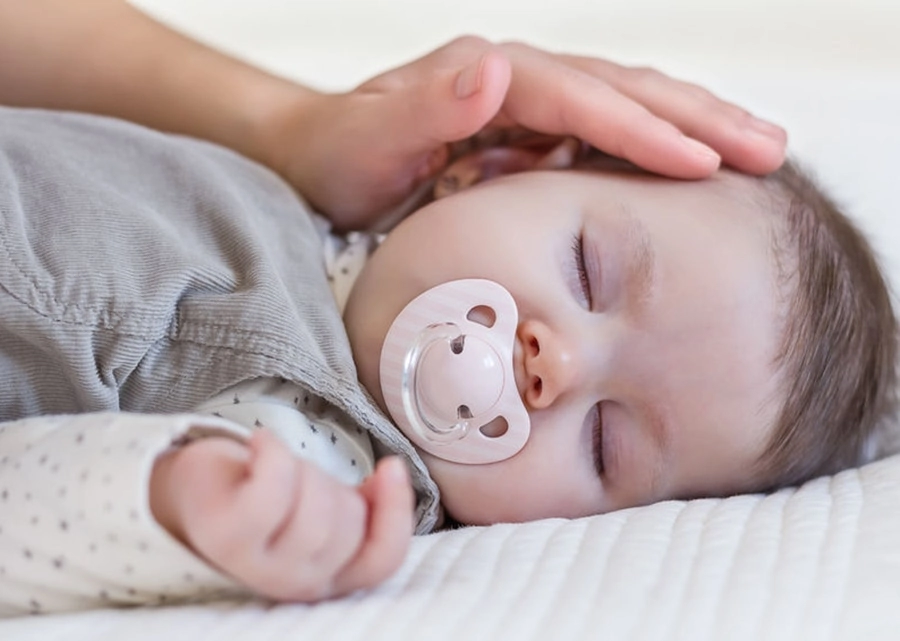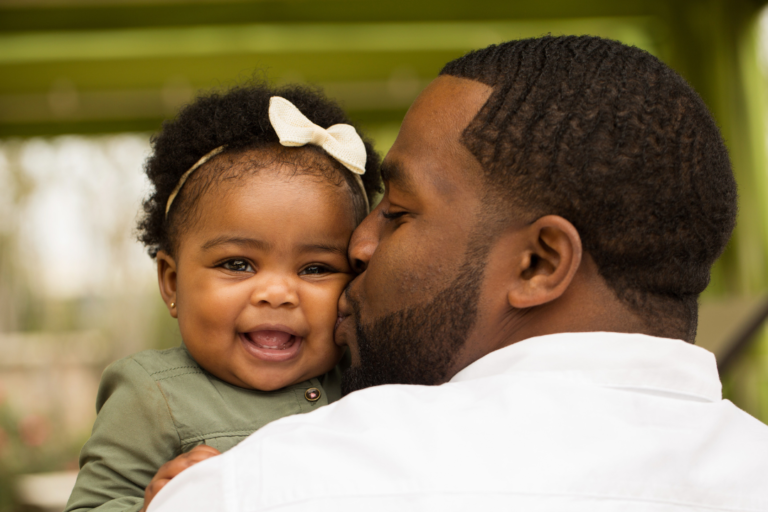Dummies/pacifiers for babies are one of the lighter controversial subjects when it comes to infant care. When to use them? Why? Are you creating a habit that will be hard to break? In this article, Meg Faure explores the pros, cons and proper use of dummies/pacifiers.
Dummy, pacifier, binky, soother … call them what you will, you probably have a few questions about them. At least once a week online and at every talk I ever do, I get the same questions on pacifiers. Many parents wonder about the value of dummies, if they should be used at all, how they impact sleep and when to get rid of them.
The value of dummies/pacifiers for babies
It is well known that the mouth is full of touch receptors and is a zone of great comfort for little ones. As early as the second trimester of pregnancy, babies start to suck on their thumbs. So I believe, without any hesitation, that babies need to be able to use their mouth to soothe. There are three ways a baby can do this – they can suck on the breast for comfort, suck their thumb or suck a pacifier. So my advice is do not stop your baby from sucking – rather guide them to sucking something that works for you and them.
I love pacifiers; I think they are a good method of non-nutritive sucking. So lets look at the questions that may come up for you:
How to use dummies/pacifiers in the early days
Choose a shape (cherry or orthodontic) and material (silicon or rubber) that your baby most likes. Offer this pacifier from around 10 days to 2 weeks of age, if your baby is very unsettled, especially after a feed.
If used appropriately, pacifiers do not cause nipple confusion, as they are different to nipples and do not deliver nutrition. Be sure that you do not use a pacifier to fob off or delay milk feeds as this can lead to problems with feeding. If your baby is very colicky or has reflux, a pacifier with a drop of Telement or Gripe water can be used to soothe the fussing.
Managing a dummy/pacifier habit that disrupts sleep
Many babies develop a ‘pacifier habit’ during the night between 5 and 7 months of age. To avoid this in the first place, do not delay a night feed by using the dummy. If your baby needs a feed at night and 5 hours have passed (for babies over 5 months) since the last feed, do not use the pacifier to resettle your baby in place of a feed. This can lead to a pacifier habit developing.
If your baby has developed a pacifier habit and wakes two hourly for the pacifier, you need to guide your little one towards independence.
From 7 months of age, most babies can use the pacifier independently. Follow these three steps:
Day 1-3: Goal – To use the pacifier independently in the day
In the first few days, continue to offer the pacifier at night as usual but during the day, teach your baby to use it independently. Each time your baby needs a pacifier (whether tired, frustrated or sore) place the pacifier in her hand as you comfort her. Show her how to use it herself to calm. You may even need to guide her hand (with the pacifier) towards her mouth so that she learns to use it herself in daylight hours.
Day 4-7: Goal – To use the pacifier independently in the night
Once she has learnt to use the pacifier when awake, it is time to learn to use it while asleep or at night. Each time she calls you at night, go to her and place the pacifier in her hand and tell her to take her pacifier and pop it in her mouth. If she is battling due to tiredness and frustration, guide her hand with the pacifier towards her mouth.
Week 2: Goal – Not to call mom in the night for the pacifier
Once she has started to get the pacifier (placed in her hand) to her mouth, stop placing it in her hand and rather place 5 pacifiers in the cot and tell her to find one. If she battles, guide her hand to find a pacifier. By the end of the second week, instruct her from her doorway or even call out from your bed: “Find your pacifier”
In time she will have learnt the vital skill of settling herself to sleep.
When to get rid of the dummy/pacifier?
There are two good times to get rid of a pacifier – one is just after 6 months of age – at this time, your baby won’t miss it too much. If the pacifier has resulted in a waking habit at night, instead of teaching her to use it herself, you can simply get rid of it and replace it with a ‘doodoo blanky’ that she can hold onto to resettle at night.
The other time is after 2 years of age. If you choose to get rid of the pacifier later in the toddler years, that is fine. The only guideline should be to limit the pacifier to sleep times only, from 18 months of age. This is because we do not want toddlers talking with pacifiers in their mouth as it can hamper speech development, particularly pronunciation of sounds.
How to get rid of dummies/pacifiers?
If you choose to get rid of the pacifier before a year – simply remove it and replace it with a ‘doodoo blanky’.
If you do it after 2 years of age, make up a nice story that involves your toddler.
For example, we are going to give the pacifier to the baby kittens at the pet shop. Go to the pet shop with all the dummies in a container and leave it there. Then go to the post office and get a parcel from the ‘mommy kitty’ who is giving your little one a kitten (toy) to replace the pacifiers. The transaction will obviously be staged but the association of the replacement toy will satisfy your toddler.
You may have a night or two of asking for the pacifiers but reinforce what she has done and the replacement toy. It won’t take long and is pretty painless.
For more guidance on self-soothing strategies for sleep and more, download the Parent Sense app – the all-in-one baby app that takes the guesswork out of parenting.




